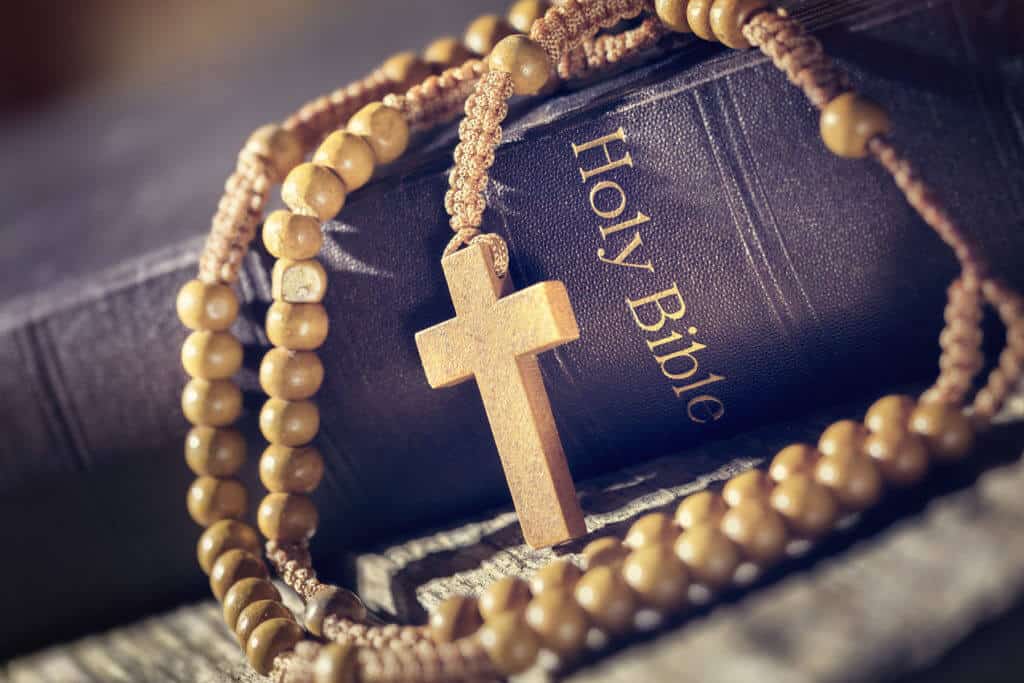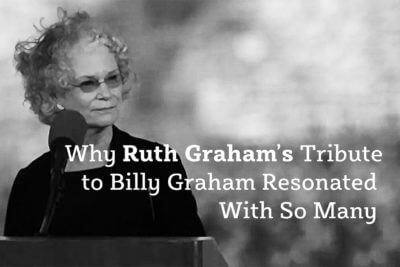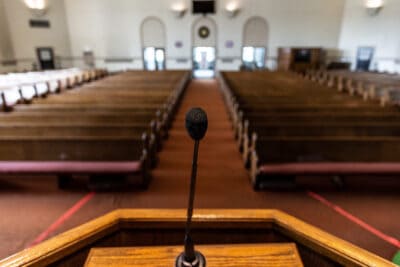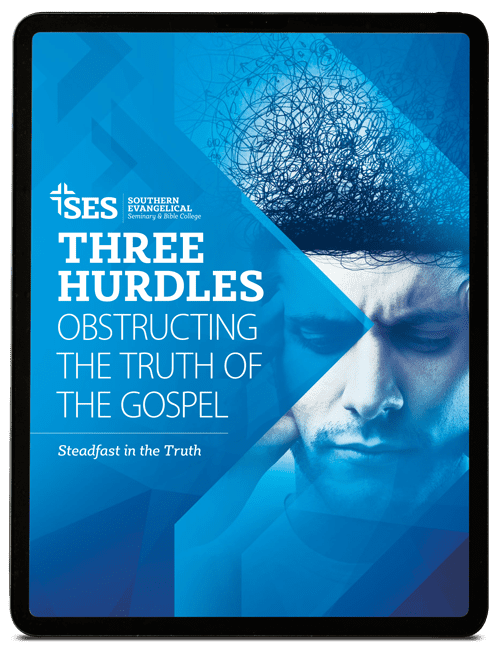Question: For an evangelical, how important are symbols in evangelism and discipleship of Christians?
I must confess that my views on the importance of symbols advocating for, and discipling people in, the Christian faith have evolved over the course of my Christian life.
I was reared, converted, and discipled in a strong “free church” tradition (Southern Baptist) in which I confessionally and happily remain today. However, growing up in that tradition, I was taught to look askance at the various celebrations and observances of the Christian calendar beyond Christmas, Good Friday, and Easter as “smacking of Roman popery” and thus, to be avoided at all costs. The local church in which I spent the first 18 years of my life had a view of Christian history post-Old Testament that went from the birth of Jesus, the end of the apostolic era, with vague references to the “Constantinian synthesis” in the early fourth century. Then, there was a dark void of “historic, worldly compromise” which commenced correction when Martin Luther ignited the flame of the Reformation in 1517. Added to this truncated reading of Christian history (which leaves out Augustine and Aquinas, just to name two spiritual giants of Christian history) this interpretation of Christian history viewed Baptists as being “completed Protestants.” Since the goal of the Reformation was to recover the primitive biblical pattern of the Christian church in the New Testament, then the other reformers fell by the wayside along the way for various reasons. And the Baptists are the only ones who made it all the way back to the first century pattern of autonomous local churches consisting of baptized believers who had made a confession of faith in Jesus Christ as their Lord and Savior. I heard my pastors say from the pulpit on more than one occasion, “If you dropped every church in the New Testament into the average American city today and described it, people would say, ‘Well that’s a Baptist church. Now the church at Corinth used to be a Baptist church until it was removed from fellowship because they became Pentecostal.’”
I first began to be liberated from this truncated understanding of Christian history when I went to college, already having committed my life to pastoral ministry in a Southern Baptist context. While at Princeton as an undergraduate, under the tutelage of a wonderful teacher and mentor, the great Paul Ramsey, I was exposed for the first time to the rich and deep heritage of Christian theology and social teaching within Catholicism, both leading up to (Augustine, Aquinas, etc.) and following (Rerum novarum and Centesimus annus, etc.)[1] the Reformation. I realized I could benefit greatly from this rich tradition and heritage without compromising any of my Baptist convictions and have done so repeatedly over the years since.
In recent years this has expanded to a new appreciation for the evangelizing and pedagogical uses of symbols, including at least the five events in the Christian liturgical calendar that most Evangelicals recognize and at least to some degree follow: Christmas, Good Friday, Easter, Ascension, and Pentecost.
Since I have been a professor, among other things, most of the past fifty years, I have also come to deeply appreciate in new and significant ways how powerful symbols can be both in evangelizing and discipling students of every age. In doing so, I must confess to being “a little slow on the uptake.” After all, I was personally led to my conversion experience to the Christian faith through the “Wordless Book” in a back-yard “Good News Club” sponsored by Child Evangelism Fellowship with my mother as my teacher in my own back-yard. Obviously, the “Wordless Book” is evangelizing and discipling with symbols: black for sin, red for the blood of Christ, white for that blood washing away the guilt of my sin, gold for the streets of gold in heaven symbolizing our final destiny as believers in the Lord Jesus Christ.
And, of course, the premiere and essential symbol of the Christian faith, the empty cross, symbolizes a resurrected Savior who has won the victory over death for everyone who accepts Him as their Lord and Savior. For Baptists especially, the two ordinances (as opposed to sacraments) that God established for His church, baptism and the Lord’s Supper (communion) are both suffused with symbolic significance. As a Baptist I believe that baptism is “to immerse or dunk under” (literal Greek translation) a confessed born again Christian in water, dramatically symbolizing our old man being buried with Him and being resurrected to newness of life in Christ Jesus.
Perhaps the most dramatic illustration of this I have ever encountered is what some of our Baptist Army and Marine chaplains did in the first and second Gulf Wars. If they had a soldier or marine make a profession of faith in Jesus as their Savior, they would take a casket (often much more available than a body of water in the deserts of Iraq), fill it with water, and immerse that soldier or marine and baptize them in the name of “the Father, the Son, and the Holy Spirit.” Now, that is a teachable moment for all concerned, the baptized, the baptizer, and all those who witnessed the event.
And the Lord’s Supper also reinforces its Christian message by employing the senses of sight, touch, taste, smell, and hearing. A meal is a communal event of fellowship recognized across cultures the world over, implying the unity of the church. Second, it calls to mind and heart the Last Supper of Jesus with the apostles and the supreme sacrifice of the cross that loomed on the immediate horizon — “This is my body which is given for you” and “this cup is the New Testament in my blood, which is shed for you” (Luke 22:19, 20).
Baptism and the Lord’s Supper are two of the greatest sermons the Christian church could ever preach to a spiritually malnourished and emotionally anxious world—forgiveness of sin, new life in Christ, and fellowship with Christian brothers and sisters “until He comes.”
This personal journey has caused me in recent years to particularly reevaluate the evangelistic and discipleship opportunities that are available in the observance of the Ascension and Pentecost in the Christian liturgical calendar. Of course, we are currently in the period between our observance of the Resurrection at Easter and the observance of the Ascension of our Savior into heaven forty days after Easter (Acts 1:1-11) and Pentecost ten days after that. This year those dates are Ascension May 21, and Pentecost May 31.
More next week in Part II on how we can take the opportunity of the observance of the Ascension and of Pentecost as extremely “teachable” moments for our personal families, our church families, and a larger watching audience that is currently more sensitized to spiritual things by the pandemic and have more time on their hands with which to ponder such things, again courtesy of the pandemic. Until then, God bless you and be safe!
[1] Rerum novarum is a papal encyclical by Leon XII in 1891, and Centesimus annus, a papal encyclical written by John Paul II in 1991 commemorating Rerum novarum, which was published a century earlier.
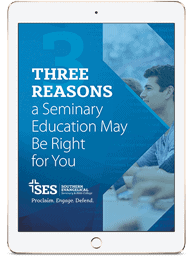
Download Your FREE eBook!
- Reading Books and Listening to Talks is Not Enough
- Not All Apologetics Methods Are Created Equally
- A Degree is More Than a Piece of Paper

